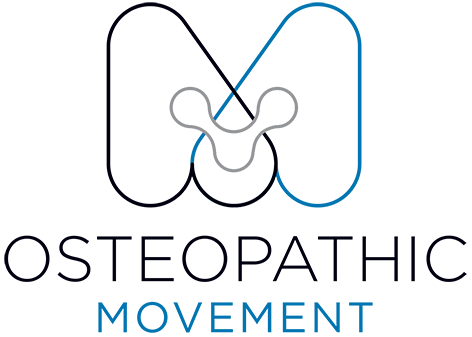The Science of Stretching
The Science of Stretching: Why Flexibility Matters for Your Body and Mind
Everybody has been told to stretch more at some point — and let’s be honest, it can get a little annoying. Stretching takes time and effort, and most of us live busy lives where convenience often wins. But if you’re going to commit to a stretching routine, you should know why it’s important, how it helps, and the best way to do it.
This article explores the science behind stretching — how it benefits your muscles, joints, and nervous system, and how a simple routine can become a powerful tool for long-term wellbeing.
Why Stretching Matters
At its core, the purpose of stretching is to increase joint range of motion and reduce muscular tension. That means feeling more flexible, less tight, and more at ease in your body.
Regular stretching can lead to fewer headaches, less shoulder and neck tightness, and reduced lower-back discomfort. You may even find yourself visiting your osteo less often for a “locked-up neck” or acute back strain.
Beyond musculoskeletal benefits, stretching also supports mental health. It can help calm the nervous system, lower anxiety, and reduce cortisol (your body’s stress hormone). This helps your body shift into a “rest and recover” state, improving your ability to unwind and recharge.
The flow-on effects are significant — better focus, improved comfort at work, more energy to play with your kids, and an easier time doing the activities you love.
Stretching and Sleep
Stretching before bed can promote deeper, higher-quality sleep. Better sleep supports:
Improved focus and mental clarity
More stable mood
Better weight regulation
Lower risk of cardiovascular disease, Alzheimer’s disease, and cancer
For a deeper dive into sleep’s impact on your body, see our related blog The Importance of Sleep.
The Best Stretching Methods
There’s no single “perfect” form of stretching — the best routine is the one you’ll actually stick with. If you enjoy it, you’ll be consistent, and consistency is what leads to results.
Here are the three main types:
Static stretching – Move a joint until you feel a strong but comfortable tension, then hold that position (around 30 seconds).
Dynamic stretching – Move a joint repeatedly through its range of motion to gradually increase flexibility.
Pre-contraction stretching – Often guided by a practitioner or trainer, this involves contracting a muscle against resistance before stretching it.
How Stretching Works
Stretching improves joint range of motion both in the short term (by increasing your tolerance to the stretch) and in the long term (by increasing muscle extensibility).
True tissue change can take around 8 weeks, so patience and commitment are key.
Scientific research shows:
You don’t need to hold a stretch longer than 30 seconds.
Three repetitions per muscle group are usually sufficient.
Breathwork and Stretching
The yoga community has long known that breathing deeply can help muscles release faster.
Try this simple tip:
Move into a firm but comfortable stretch, take a slow deep breath in, then exhale fully.
You’ll likely notice you can sink slightly deeper with each out-breath — this is your nervous system relaxing its protective reflexes.
Stretching vs Warming Up
If you’re an athlete, remember: static stretching before sport can temporarily reduce performance (known as stretch-induced strength loss).
Instead, use a dynamic warm-up or “limbering up” approach:
Controlled leg swings before football or running
Arm circles before upper-body training
Light cardio like jogging, cycling, or skipping to increase blood flow
Save your static stretching for after training, when your muscles are warm and more responsive.
How Often Should You Stretch?
As often as you can. Ideally, daily — even 10–15 minutes focusing on key tight areas will make a difference.
If that’s unrealistic, aim for three 30-minute sessions per week.
Stretching requires no equipment and minimal space, making it one of the easiest self-care habits to integrate into your day.
Takeaway
Stretching improves flexibility, supports joint health, enhances recovery, lowers stress, and even helps you sleep better. It’s one of the simplest ways to stay comfortable, move freely, and maintain long-term wellbeing.
So, do yourself a favour — roll out a mat, take a deep breath, and start stretching.
Related Reading & Helpful Resources
Need help managing tension or flexibility issues?
Meet our South Yarra osteopaths
Explore our Osteopathic Clinic
Written by Dr Dayne Sweres (B.AppSci (CompMed), M.Osteo) – Founder, Osteopathic Movement, South Yarra.
